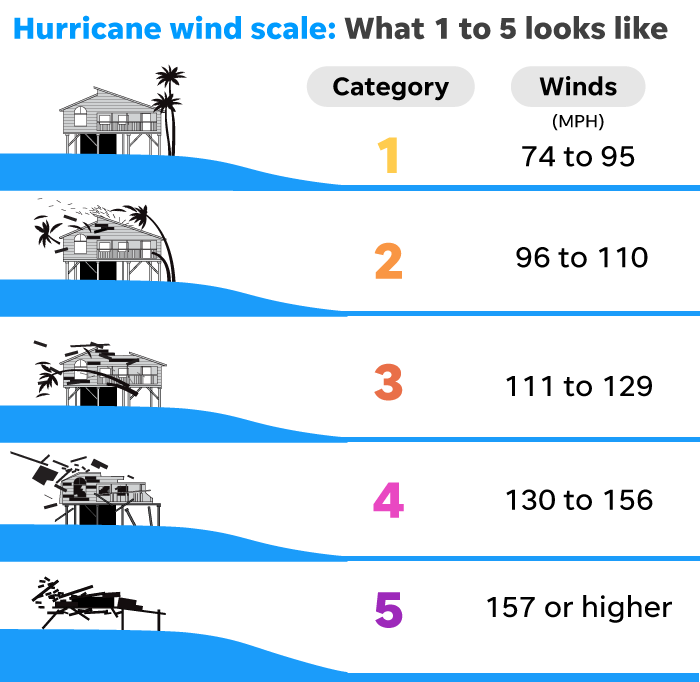La Niña is coming, and depending on the area, it could mean heavy storms like hurricanes, typhoons, and cyclones.
The National Weather Service’s Climate Prediction Center suggests a 49% chance of La Niña developing between June and August this year. Forecasters say it will create conditions for an ‘above-normal’ hurricane season in Texas.
What are the differences between a hurricane, typhoon, and cyclone?
-
Hurricane: Used to describe a storm in the Atlantic and Northeast Pacific.
-
Typhoon: Used to describe a storm in the Northwest Pacific.
-
Cyclone: Used to describe a storm in the South Pacific and Indian Ocean.
What is a typhoon?
A typhoon is a type of tropical cyclone that occurs in the Northwest Pacific Ocean, specifically between 100°E and 180°E longitude. It is characterized by a well-defined circular structure with a low-pressure center, spiral rainbands, and a clear eye at the center of the storm.
Typhoons are similar in structure and behavior to hurricanes and cyclones but are named differently based on their geographical location.
What are the different hurricane categories?
The Saffir-Simpson Hurricane Wind Scale is a 1 to 5 rating based on a hurricane’s sustained wind speed. This scale estimates potential property damage. Hurricanes reaching Category 3 and higher are considered major hurricanes because of their potential for significant loss of life and damage.

What is La Niña?
La Niña, which means “little girl” in Spanish, is a climate phenomenon characterized by the cooling of sea surface temperatures in the central and eastern equatorial Pacific Ocean. La Niña and its opposite, El Niño, as well as a neutral phase, are part of a larger climate pattern known as the El Niño-Southern Oscillation. The tropical Pacific can be in either one of those three states.
According to scientists, El Niño years tend to bring cold, wet winters to California and the southern U.S. but warm, dry conditions to the Pacific Northwest and the Ohio Valley. La Niña tends to bring the opposite: dry conditions for the whole southern half of the country but colder, wetter weather for the Pacific Northwest.
How does La Niña affect Texas weather?
La Niña has a notable impact on Texas weather, primarily influencing temperature and precipitation patterns. Here’s how La Niña typically affects Texas, according to NOAA:
-
Temperature: La Niña often brings warmer-than-average temperatures to Texas during the winter months. The warmer conditions are a result of the jet stream shifting northward, reducing the frequency of cold air masses moving into the region. Summers during La Niña years can also be hotter than normal, with higher heatwaves and increasing demand for water and energy.
-
Precipitation: La Niña is usually associated with drier-than-normal conditions across Texas, particularly in the fall and winter months. The northward shift of the jet stream tends to divert storm systems away from the state, reducing the overall rainfall. The reduced precipitation can lead to an increased risk of drought. Texas may experience significant water shortages, affecting agriculture and water supply and increasing the likelihood ofwildfires.
-
Severe weather: Due to warmer temperatures during La Niña winters, the likelihood of severe weather, such as snow and ice storms, is generally lower. However, La Niña can increase severe weather events like tornadoes in Texas due to enhanced instability and favorable atmospheric conditions.
-
Hurricane season: La Niña can contribute to a more active Atlantic hurricane season. This means Texas might face a higher risk of hurricanes and tropical storms making landfall, bringing heavy rainfall and potential flooding. The NOAA predicts between 17 and 25 named storms this season, with 4 to 7 becoming major hurricanes classified as category 3, 4, or 5.
This article originally appeared on Austin American-Statesman: Hurricane, cyclones, and typhoons: What to know about these storms
Signup bonus from




